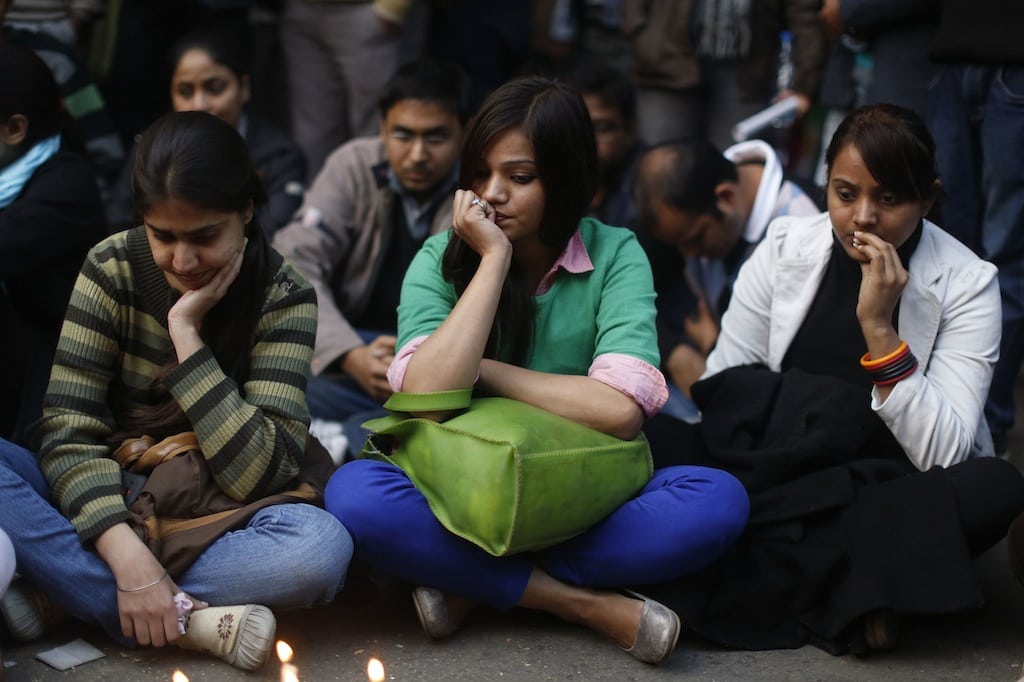Skift Take
The brutal crime and the public outcry against current gender roles in India is getting plenty of attention in the media, making marketing tourism to women challenging at best.
In December, I watched a glorious three-minute ad promoting travel across India. In it, India looks, well, incredible, as promised, and a tourist jaunts from the Himalayas to Kerala and beyond. The visitor is ethnically ambiguous, traveling alone—and female. I loved the scenic vistas, but couldn’t quite grasp how she did it. Was she safe? Were shorts appropriate dress across India? How did she board that bus without feeling those stray hands everywhere, then suddenly nowhere?
Here’s the commercial from the “Incredible India” campaign:
This was before the Delhi gang rape that has captivated the world and forced India to answer some tough questions on its treatment of women. In fact, on the day of the rape, I landed in Hyderabad for a two-week visit. Hearing about the gruesome crime, looking at my own itinerary, reflecting on the ad campaign, I wondered again if India really is safe for female travelers.
Not surprisingly, Indian tourism officials say yes.
“India is as safe a destination as any countries in the world for women travelers, either single or accompanied by other women,” says P. Rangarajan, assistant director of the India Tourism Office in New York. “It was indeed an unfortunate and a deplorable incident. Indians do not tolerate such a crime committed on a woman, whether she is an Indian or foreigner. The massive protests that erupted in the aftermath of the incident prove this point.”
British journalist Monisha Rajesh spent four months traveling around India by train in 2010, an adventure chronicled in her book Around India in 80 Trains. She echoes Rangarajan’s views: “I can only speak for myself, but I felt perfectly safe traveling around India’s major cities, whether or not I had a companion,” she says. While she did spend much of the journey with a male friend, she insists she would have had no doubts about embarking on the same trip solo. “I did travel by myself for a month and was nervous at first, but as soon as people realized I was by myself they made it a point to take care of me,” she remembers. “Most families would invite me to sit in their compartments, and they would often give me their phone numbers so that I had someone to call in emergency.”
Hospitality industry officials actually note an uptick in women traveling by themselves—but accommodations for safety must be made. One five-star hotel in Hyderabad notes that it offers free rides home for women after “ladies night” at its nightclub, where they can drink for free. There are special floors designated for female guests; only those with room keys can enter and only female staff clean those rooms. “This was a very very heinous crime, and definitely, it has an impact. People are more cautious in terms of traveling,” says the hotel’s general manager, requesting anonymity due to the sensitive nature of the subject. “The service industry has become more cautious. You have to be cautious, so take care of yourself, and help us to take care of you.”
It’s not just foreign tourists or so-called NRIs (Nonresident Indians) like me who are now thinking twice, though. Women thinking about taking holidays throughout the country are more weary as well. Sonal Shah, editor-in-chief of Time Out Delhi, took a road trip to the recently concluded Jaipur Literary Festival, but only with a male friend to accompany her—and even then she courted unwanted attention. “I guess it’s fairly unusual for a woman to drive a car on the highway,” she says. “We got a bunch of comments and stares from guys on motorbikes at the sight of a woman driving, and a dude snoring in the passenger seat.”
For first-time female visitors to India, the staring is perhaps the one thing that takes the most getting used to. Rajesh found it irritating as well, but quickly realized that “this was out of curiosity rather than rudeness and harassment.” Rajesh also says issues surrounding women’s security are especially acute in Delhi. “To extend that to the entire country isn’t right. I saw a lot of women solo travelers while I was in India, and very few of them complained about facing anything greater than being stared at.”
During my own recent visit to Hyderabad, shaken up by the headlines in 90-point font at the breakfast table every day, I began rethinking whether or not I should embark on a planned getaway, a two-hour flight followed by a seven-hour drive to Coorg, with my younger sister. But I still went, making some adjustments—we hired an expensive car and driver through the hotel where we’d be staying, instead of a cheaper, unknown service, for example—and I still managed to have a good time. But a holiday where women can truly tour freely, safely, free of harassment, groping or staring? Now that would be incredible, India.
![]() This story originally appeared on Quartz, a Skift content partner.
This story originally appeared on Quartz, a Skift content partner.
Additional links from Quartz:
Skift India Report
The Skift India Report is your go-to newsletter for all news related to travel, tourism, airlines, and hospitality in India.
Have a confidential tip for Skift? Get in touch
Photo credit: Demonstrators take part in a protest for a gang rape victim who was assaulted in New Delhi December 29, 2012. Ahmad Masood / Reuters
